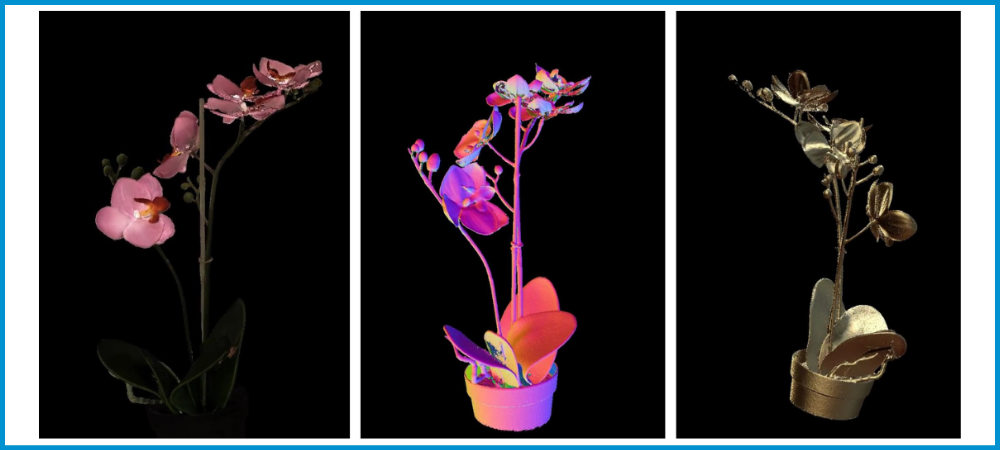
Feeding the world: Plant phenotyping & 3D vision for sustainable agriculture
In the quest for a sustainable future, agriculture stands as a pivotal battleground. As the global population continues to burgeon, so does the demand for food. This trend necessitates innovative approaches to maximize crop yield while minimizing environmental impact. One such innovation lies at the intersection of plant phenotyping and advanced 3D vision technology, offering a promising solution to the challenges facing modern agriculture.
Plant phenotyping, the study of plant traits and characteristics, plays a critical role in understanding plant behavior, growth patterns, and responses to environmental stimuli. By unraveling the complex interplay between genotype and phenotype, researchers can tailor agricultural practices to enhance crop yields, resilience, and sustainability, thus addressing concerns over global food security.
At the forefront of this technological revolution in plant phenotyping is Photoneo with its cutting-edge 3D vision technology. In a recent case study, Photoneo and Wageningen University & Research showcased how Photoneo’s unique 3D vision technology can be used for high-throughput plant phenotyping applications – determining the size and shape of plant leaves and stems and their overall architecture in milliseconds.
3D modeling of plants
Traditional plant phenotyping methods often suffer from limitations in throughput, accuracy, and scalability. Standard machine vision approaches used in plant phenotyping may struggle with being able to only scan certain types of plants.
Photoneo’s innovative 3D vision technology implemented in the MotionCam-3D Color camera overcomes these challenges, enabling researchers to analyze plant traits with unprecedented speed, precision, and efficiency.
The solution is based on the highly accurate creation of colorful 3D models of plants made by multi-angle scanning. This is enabled by multiple Photoneo MotionCam-3D Color cameras and 3D Instant Meshing software, which enables fast, high-detail 3D model creation in motion with texture and color.

The unique capability of MotionCam-3D to scan objects in motion makes it possible to move the camera around the plant and make scans at a constant speed, without interruption.
But why is the application of modern plant phenotyping methods crucial for achieving a sustainable future in agriculture?
Unlocking sustainable agriculture with 3D vision
The answer to the above question lies in the ability of plant phenotyping to provide insights into plant physiology and architecture, stress responses, and adaptation mechanisms. By accurately assessing traits such as leaf morphology, canopy structure, and stem and root architecture, researchers can identify genetic variations that confer drought resistance, pest tolerance, and nutrient efficiency.
Moreover, plant phenotyping facilitates the development of tailored breeding programs and precision agriculture practices, optimizing resource allocation and minimizing environmental impact. By selecting crop varieties with desirable traits and optimizing cultivation techniques based on phenotypic data, farmers can boost yields, conserve resources, and mitigate the adverse effects of climate change.
However, the true potential of plant phenotyping can only be realized with the aid of advanced technologies such as 3D vision. Photoneo’s state-of-the-art 3D vision systems offer unparalleled capabilities for capturing detailed plant morphology in three dimensions, enabling researchers to delve deeper into the intricacies of plant biology.
With Photoneo’s 3D vision technology, researchers can accurately measure traits such as plant height, leaf area, and biomass with exceptional speed and precision. Furthermore, the non-destructive nature of 3D imaging allows for repeated measurements over time, enabling longitudinal studies of plant growth and development.
Looking into the future
Plant phenotyping powered by 3D vision technology holds immense promise for advancing sustainable agriculture in the 21st century. By unraveling the complexities of plant biology with unprecedented precision, researchers can pave the way for resilient crops, efficient resource utilization, and a greener future for generations to come.
To learn more about how Photoneo’s unique 3D vision technology can also transform your applications, contact us.


